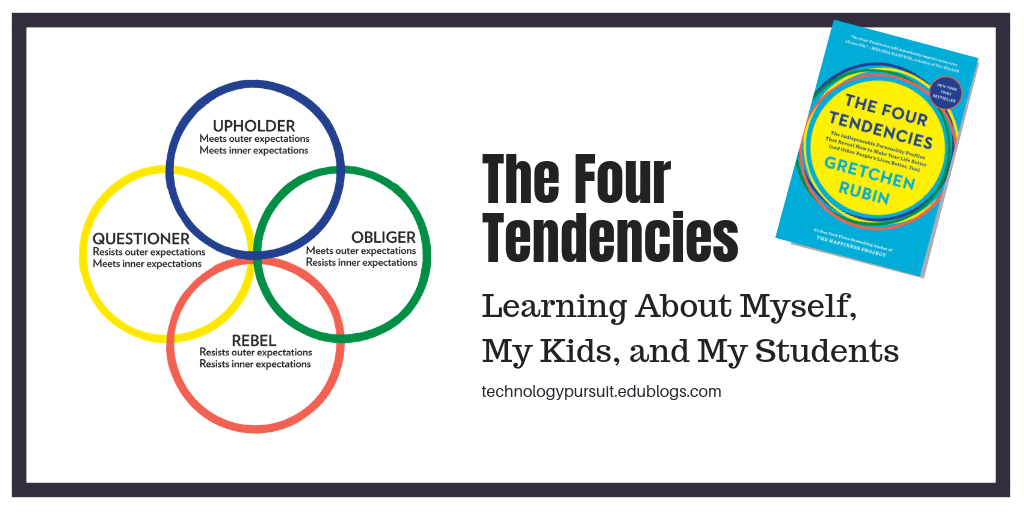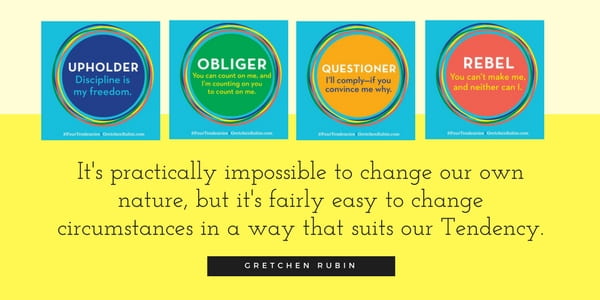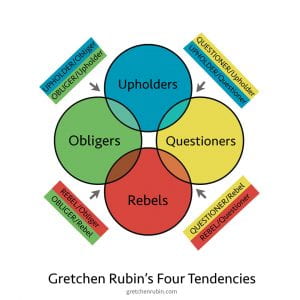A few months ago, several of my fellow doctoral students and I were in a conversation about building more camaraderie in our classrooms and schools. We’d noticed that students tended to build groups based on similar past experiences (which makes sense). Yet, we were frustrated that we wanted students to make connections outside their groups so they could learn from others’ experiences and gain a more diverse outlook.
“However, how much can we as teachers do to create this?” I posed. The answer came from one of my colleagues: “Maybe that’s where we need to create shared experiences for them.”
I’ve been thinking about that conversation ever since. What experiences can I create in my classroom that will forge relationships outside of their normal friendships? One way, I believe, is through collaborative games.
Collaborative games have made a resurgence in recent years. Pandemic and Forbidden Island are two common names, but there are also The Mind, Just One, Mysterium, Codenames Duet, to name a few. Plus, the ubiquitous Breakout and escape room games certainly promote cooperation. We also can’t forget the classic Dungeons and Dragons.
A couple weeks ago, Michael Matera and I chatted about collaborative games on his Well PlayED podcast (check it out below), where we talk about some of our favorites. But when we finished, we were a bit disappointed–we’d felt that we hadn’t even scratched the surface of the whys and hows to use collaborative games in the classroom.
Any Time is a Great Time for Collaborative Games
First of all, collaborative games are great all year long, but especially at the beginning of the year when you’re cultivating the classroom culture. Focusing more on cooperative games early emphasizes the importance of togetherness, teamwork and camaraderie. Plus, playing games is one of the best ways to get to know someone. Personally, I’m not a big cheesy icebreaker fan (last year my principal started our summer inservice with an anti-icebreaker: we shared all the ice breakers we would NOT do. It was amazing.)
But playing games, especially cooperative ones, provides lighthearted interaction between people. Through side talk, students get to slowly learn about each other. It’s a far more natural feel than concocted icebreaker games (like the Bingo squares where you have to find someone who went surfing this summer or who has more than three aunts.)
As teachers, games early in the year provide insight into our students. We can observe their interpersonal skills. We can identify students who are more reserved or dominant. We can join into games and build relationships with students on an even platform rather than being viewed as solely an authority figure.
But What About the Loss of Competition?
In recent Twitter chats, I’ve asked about what could be lost by playing cooperative over competition, and to be honest, not much. Competitive games can help teach students to work through frustration and to lose (and win) with grace–all important lessons. Another concern might be students who ride the coattails of other students. Again, this is possible, but I’m not sure if these students would behave much differently in a game where it’s “every man and woman for him/herself.”
However, I think the benefits of cooperative games and activities outweigh the deficits. This doesn’t mean we should put away competitive games. Instead, maybe we should consider ways to incorporate some collaboration into them.
Playing games in teams rather than individuals can boost the feeling of collaboration. It’s often easier to lose as a team and share the disappointment. Another way may be to adopt a “boss battle” format, where it’s the students against a common enemy–such as a fictional monster (you can find this in Classcraft) or even the teacher.
Applying it to Writing
I’m certainly not opposed to playing collaborative games (such as the ones mentioned earlier) just for the purpose of developing interpersonal skills. But I really encourage teachers to modify or somehow connect these games to current or upcoming learning.
My College Comp students will be introduced to collaborative games in the second week of school this fall. However, we’ll also be working on process writing. Teams will play one of the games and write directions and strategies for it. Then, teams will swap games AND the directions, and the teams will learn their newly acquired game with the directions provided by the previous team. As they play, they’ll also give feedback and suggestions on the directions and strategies.
The directions are then returned to the original teams, who will then revise the directions, add images if needed, and post directions online in the format of their choice.
Many collaborative games can be modified to different content areas. Codenames Duet and Just One can easily be adjusted with any content information. Or take a well-known game such as Deal or No Deal, add problems or questions from your content area, and have the entire class play (thanks to Kevin Roughton @mrroughton for this idea!)
Whatever game you’re choosing to play with students, consider how you might make it just a bit more collaborative and, as a result, build a stronger culture in your classroom.







